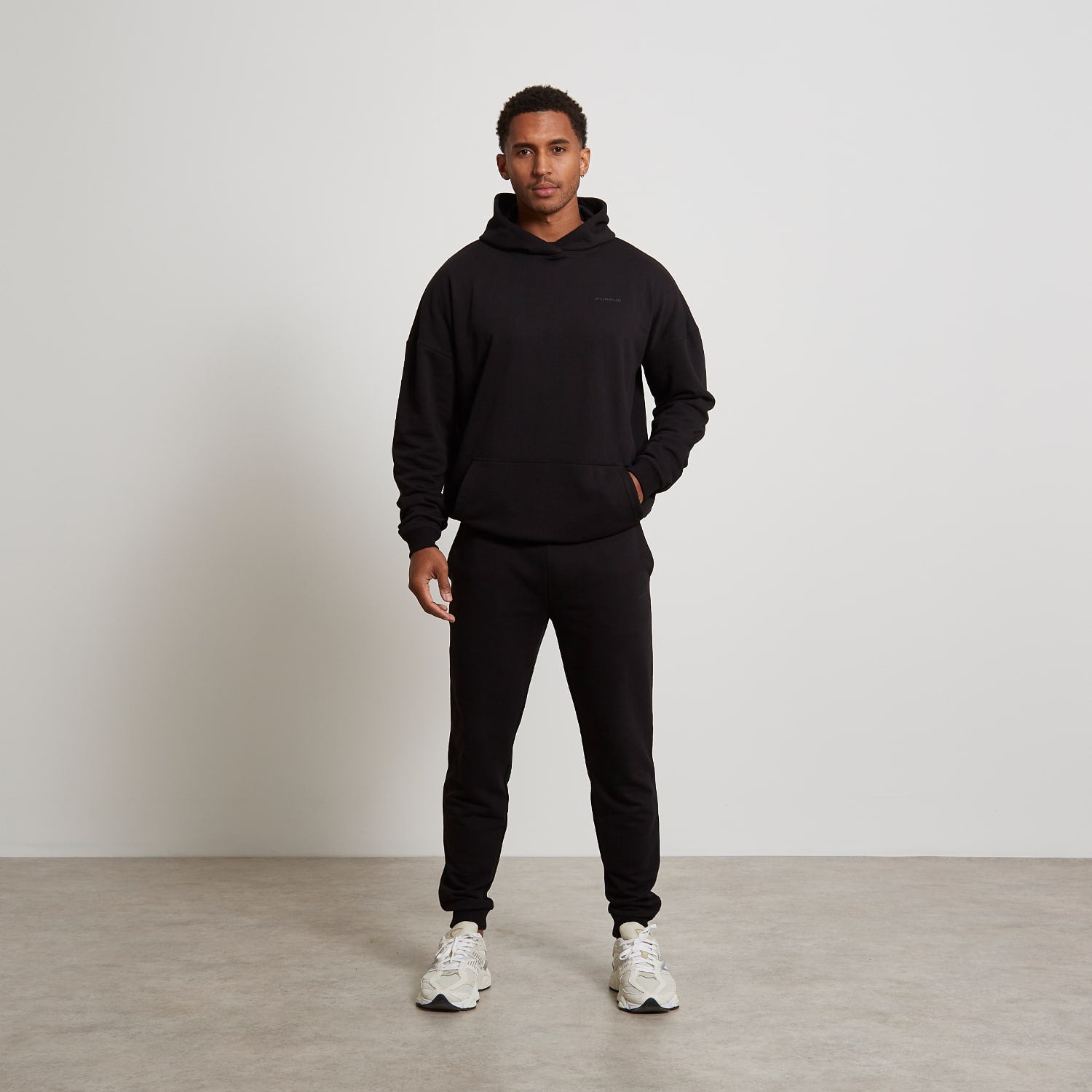When it comes to lower-body strength training, the leg press is a familiar favorite. In a gym, the dedicated machine allows you to push significant weight and directly target your quads, glutes, and hamstrings. But what if you don’t have access to that piece of equipment at home? Don’t worry—there are plenty of effective ways to simulate the leg press movement and reap similar benefits, all without a bulky, expensive machine.
In this guide, we’ll explore simple yet powerful exercises that replicate the leg press action, offer tips on what to wear for comfort and performance, and share advice on organising your space, warming up properly, and staying motivated in the long run.
Replicating the Leg Press Without a Machine
Goblet Squats:
If you’re new to strength training at home, start with goblet squats. All you need is a dumbbell or kettlebell (or a household item like a heavy book). Holding the weight close to your chest keeps your torso upright, much like the position you’d maintain on a leg press machine. Goblet squats primarily target the quads while also engaging your glutes and core, making them an excellent stand-in for the leg press.
Bulgarian Split Squats:
For a more advanced challenge, try Bulgarian split squats. Place one foot behind you on a chair or bench while the other foot is planted firmly on the ground. Lower yourself slowly, focusing on driving through the heel of your front leg as you stand back up. This single-leg movement improves balance, addresses strength imbalances, and builds the lower-body power you’d usually get from pressing heavy weights.
Step-Ups:
If you have a sturdy bench, step-ups can closely mimic the pushing action of a leg press. Stepping onto an elevated surface with one leg at a time forces your quads, hamstrings, and glutes to contract in a similar way. By alternating legs or increasing the platform’s height, you can gradually ramp up the intensity.
Hip Thrusts and Glute Bridges:
While these moves focus more heavily on the posterior chain—particularly the glutes—they’re a valuable addition to your at-home routine. Strong glutes support the leg press motion and help maintain proper alignment and stability throughout all lower-body exercises. Over time, improved glute strength can translate into better squats, step-ups, and overall leg pressing power.
Dressing for Comfort and Performance
Your attire can make a real difference in how you feel and perform during workouts. Choosing clothes that fit well, stretch as you move, and help regulate temperature ensures you stay focused on form rather than irritation.
For Men:
Start with breathable t-shirts or tops and pair them with flexible shorts or joggers. These options keep you cool and unencumbered, allowing your legs to bend, extend, and brace comfortably during squats and step-ups. Layer with a hoodie or jacket if you’re working out in a cooler area, removing it once you’re warmed up.
For Women:
Supportive sports bras and flexible leggings or shorts help you move fluidly through each rep. Add a light vest or top for extra coverage and a hoodie or jacket during warm-ups and cooldowns. Prioritising comfort and stretch ensures your clothing works with you, not against you, as you strengthen your legs.
Organising Your At-Home Workout Space
A clutter-free environment can boost consistency and motivation. Keep resistance bands, ankle weights, or extra layers of clothing neatly stored in a bag so everything’s within reach when it’s time to train. Staying hydrated is essential, so have a bottle of water nearby to maintain energy and focus.
Make sure you have a towel handy to manage sweat and improve grip. If your floors are hard or slippery, well-fitted socks can help maintain stability and comfort as you power through sets of goblet squats or Bulgarian split squats.
Warming Up, Cooling Down, and Recovering Well
Just like at the gym, a proper warm-up matters at home. Spend a few minutes getting your blood flowing and your muscles moving before launching into your main exercises. Light cardio—such as marching in place or skipping—combined with dynamic stretches prepares your body to lift, push, and press safely and effectively.
After your workout, take time to stretch and relax. This helps reduce soreness and keeps you feeling limber for future sessions. On rest days, slip into comfortable loungewear or men’s loungewear to give your legs the downtime they deserve. Consider adding some sustainable pieces, like items from the women’s sustainable seamless range, if you’re interested in making environmentally conscious choices.
Staying Motivated and Evolving Your Routine
As you get stronger, don’t be afraid to mix up your exercises. Increase resistance by using heavier weights or more challenging variations. Refreshing your routine keeps it interesting and ensures continual progress.
You can also update your workout wardrobe to maintain enthusiasm. Check out new releases for men or new releases for women for fresh styles, or consider a gift card if you’re not sure what to try next. Seasonal sales and special promotions are great opportunities to invest in new gear, reigniting your drive to succeed.
Final Thoughts
While you might miss the convenience and familiarity of a gym leg press machine, you can absolutely build strong, powerful legs from home. By focusing on alternative exercises like goblet squats, Bulgarian split squats, step-ups, and hip thrusts, you’ll target the same muscle groups and movement patterns—just with different equipment and settings.
With the right clothing, a well-organised space, a thoughtful warm-up, and a willingness to adjust your routine as you improve, you’ll discover that home workouts can be just as rewarding and effective as hitting the gym floor. In fact, by creating an environment that supports your unique preferences, schedule, and comfort, you might find yourself pushing toward new strength goals you never thought possible—no leg press machine required.


